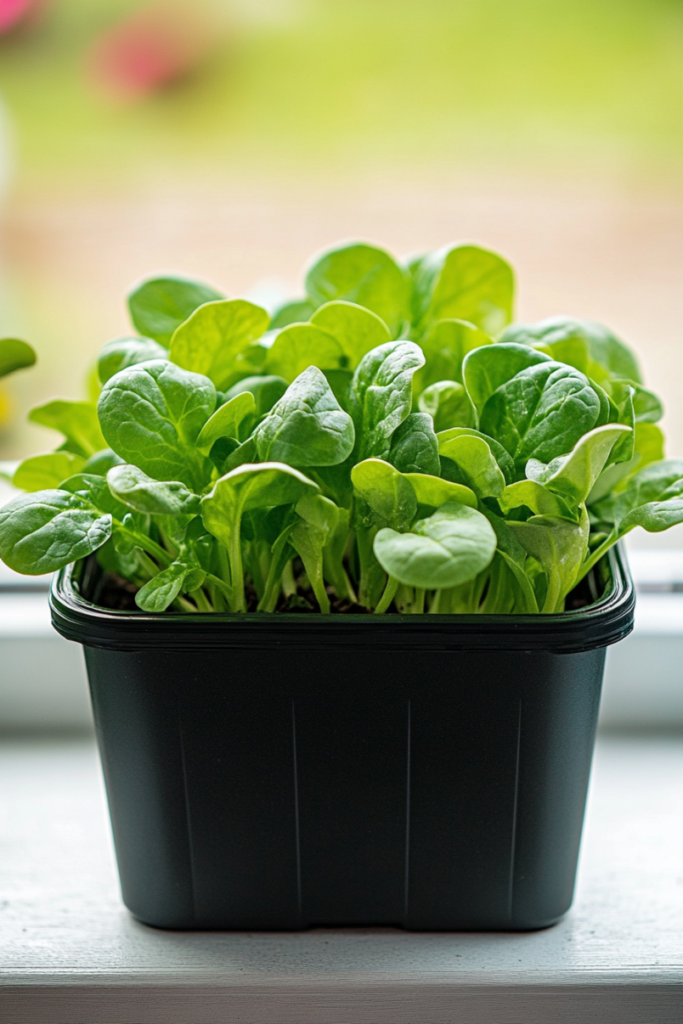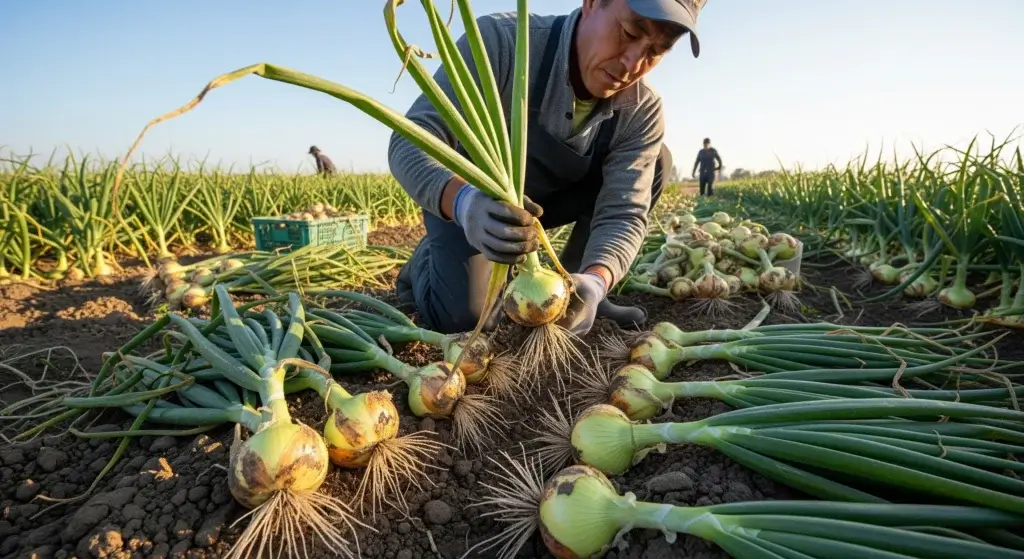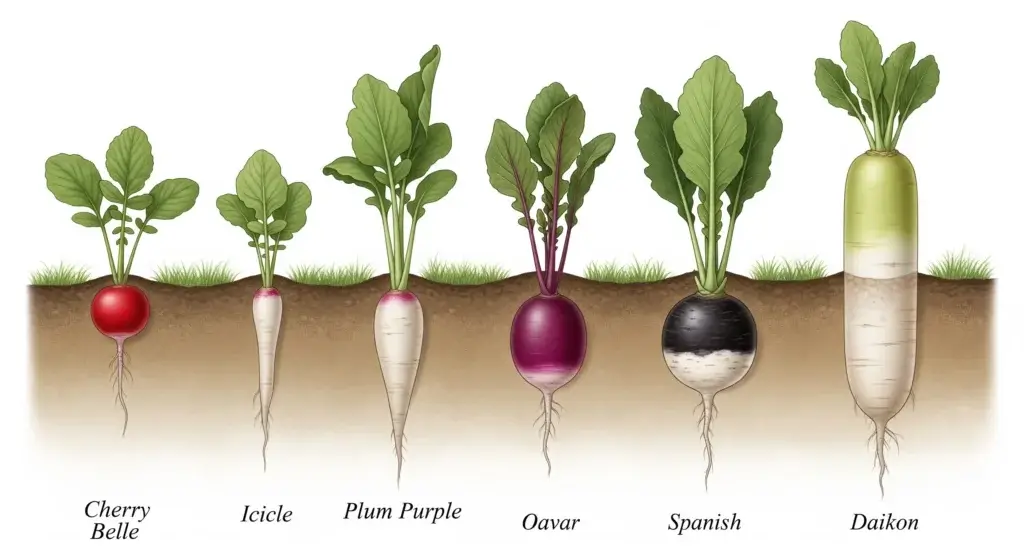
Growing spinach in containers is an excellent way to enjoy fresh, healthy greens, especially if you have limited space.
Whether you live in an apartment, have a small balcony, or simply want more control over your gardening environment, container gardening offers flexibility and convenience.
Spinach, a cool-season crop, grows well in containers and provides a continuous supply of nutrient-rich leaves.
In this guide, we will explore the advantages of growing spinach in containers, how to choose the right containers, prepare the soil, and maintain your plants for a bountiful harvest.
Advantages of Container Gardening for Spinach
Growing spinach in containers offers several advantages, making it an appealing choice for many gardeners.
Space efficiency
You don’t need a big garden to grow spinach.
Containers can easily fit on a balcony, patio, or even a sunny windowsill.
This makes it possible for people with limited space—like those in apartments or urban areas—to still enjoy homegrown spinach.
Control over growing conditions
When you grow spinach in containers, you have more control over factors like soil quality, moisture levels, and temperature.
This means you can provide the perfect environment for your spinach to thrive, which often leads to healthier plants compared to traditional gardening in the ground.
Mobility
Containers are portable, so you can move your spinach plants around to find the best light or temperature.
This flexibility is helpful, especially in places where the sunlight may be too strong during certain parts of the day.
You can move the containers to shade when needed, giving your plants a better chance to grow well.
Fewer pests and diseases
Growing spinach in containers reduces the risk of dealing with pests or diseases that live in garden soil.
By keeping your plants separate from the ground, you minimize their exposure to harmful organisms that could damage them.
Water conservation
Containers allow you to water your spinach more efficiently.
You can direct the water exactly where it’s needed, reducing waste and preventing overwatering.
This is especially useful in areas with water restrictions or where you’re aiming to conserve water.

Types of Containers Suitable for Spinach
Spinach is a versatile plant that can grow in various container types, as long as certain conditions are met.
Here are some options to consider:
Plastic pots
Plastic pots are lightweight, affordable, and easy to find.
They hold moisture well, which is great for spinach, but make sure they have drainage holes to prevent the roots from sitting in water, which can cause rot.
These pots come in different sizes, so you can choose one that fits your space.
Terracotta pots
Terracotta pots look great and allow air to circulate around the roots, which is beneficial for the plant.
However, they are more porous than plastic, meaning they dry out faster, so you’ll need to water your spinach more often.
If you like their natural look and are willing to keep an eye on the moisture, terracotta is a good choice.
Fabric grow bags
Fabric grow bags are gaining popularity for container gardening.
They are breathable, allowing excess water to drain easily while promoting better air circulation around the roots.
This encourages healthy root development, which can lead to stronger spinach plants.
Some research even shows that fabric containers can support better root growth than traditional plastic pots.
Window boxes
If you’re short on space, window boxes are a convenient option.
They can fit on balconies or windowsills and are perfect for growing spinach in small areas.
Just make sure they are deep enough—at least 6-8 inches—so the roots have enough room to grow.

Factors to Consider When Choosing Containers for Spinach
When selecting a container for growing spinach, a few key factors can make all the difference in helping your plants thrive.
Here’s what to keep in mind:
Size and depth
Spinach doesn’t need super deep containers, but it does need enough room for its roots to spread.
Ideally, choose containers that are at least 6-8 inches deep.
If you want to plant more than one spinach plant, go for a container that’s about 12-18 inches wide, which can hold 3-4 plants comfortably.
Drainage
Proper drainage is essential to prevent water from sitting in the container, which can cause root rot.
Make sure the container you choose has holes at the bottom so that excess water can drain out.
This helps keep your spinach healthy and avoids overwatering.
Material
The material of the container affects how it holds moisture and manages temperature.
Plastic pots are great at retaining moisture, while clay (or terracotta) pots dry out faster, so you’ll need to water more frequently.
Fabric grow bags are breathable, which promotes healthy roots, but they may also dry out quickly, especially in hot weather, meaning you’ll need to water them often.
Mobility
If you live in a place where the weather can change a lot, it’s a good idea to pick lightweight containers that you can easily move.
This way, if temperatures drop or the sun gets too intense, you can move your spinach plants indoors or into the shade to protect them.
Preparing the Soil
Spinach prefers well-draining, nutrient-rich soil with a neutral to slightly alkaline pH (6.5 to 7.5).
Preparing the right soil mix is crucial for healthy spinach growth in containers.
Soil mix
Use a high-quality potting mix rather than garden soil. Garden soil can compact in containers, limiting airflow to the roots.
A mix of potting soil, compost, and a bit of sand or perlite will ensure good drainage and fertility.
Compost
Adding organic compost to the soil will provide essential nutrients for your spinach.
Compost improves soil texture and promotes better water retention, which is particularly important in container gardening.
Fertilizer
Spinach is a heavy feeder, so supplement the soil with a slow-release fertilizer or organic options like well-rotted manure.
A balanced fertilizer with equal parts nitrogen, phosphorus, and potassium is ideal.
Nitrogen, in particular, helps support leafy growth, making it vital for spinach plants.

Planting Spinach Seeds
Growing spinach from seeds in containers is an easy process, and here’s how to do it step-by-step:
Timing
Spinach grows best in cooler weather, so the ideal time to plant the seeds is in early spring or fall.
Spinach thrives in temperatures between 50°F and 70°F.
If you plant it during hot summer months, the plant is likely to “bolt,” meaning it will flower too early, which affects the taste and growth.
Spacing
When planting the seeds, sow them about ½ inch deep in the soil.
Make sure to space each seed 2-3 inches apart to give the plants enough room to grow.
If you’re planting more than one row in your container, space the rows about 6 inches apart to avoid overcrowding.
Germination
Spinach seeds usually take between 7 and 14 days to sprout, or germinate.
During this time, keep the soil consistently moist but avoid overwatering, as soggy soil can harm the seeds.
Thinning
Once the seedlings reach about 2 inches in height, it’s time to thin them out.
This means removing some of the weaker or overcrowded plants to give the strongest seedlings more space to grow.
This will help ensure the remaining spinach plants have enough room to develop properly.
Care and Maintenance
Once you’ve planted your spinach, it’s important to take good care of it to ensure it grows healthy and strong.
Here are some simple tips to help you maintain your spinach plants:
Watering
Spinach needs consistent moisture, but you don’t want to overwater it.
A good rule is to water when the top inch of soil feels dry.
Try to water at the base of the plant rather than over the leaves.
Keeping the leaves dry helps prevent fungal diseases like downy mildew, which can harm your spinach.
Mulching
Mulching around the base of your spinach plants can help keep the soil moist and regulate its temperature.
Using organic mulch, such as straw or grass clippings, works great for spinach.
It also helps reduce weeds, which can compete with your plants for nutrients.
Fertilizing
Every 2-3 weeks, give your spinach a boost by applying a balanced liquid fertilizer.
If you notice the leaves turning yellow, that could be a sign your spinach needs more nitrogen, which is essential for healthy leaf growth.
Pest control
Keep an eye out for pests like aphids, slugs, and leaf miners, which can damage your plants.
Regularly inspect the leaves for any signs of damage, and if you spot pests, use organic insecticidal soap or neem oil to keep them under control without harming the environment.
Pruning (harvesting)
When harvesting spinach, start by picking the outer leaves first.
This allows the inner leaves to keep growing, so you can continue harvesting over time.
This method encourages new growth and helps extend your spinach’s harvesting period.

Final Thoughts
Growing spinach in containers is an easy and rewarding way to enjoy fresh, homegrown greens, even if you have limited space.
By choosing the right container, preparing nutrient-rich soil, and providing proper care, you can successfully grow spinach throughout the cooler months.
Container gardening allows you to have better control over growing conditions, ensuring that your spinach plants stay healthy and productive.
Plus, it’s a sustainable and enjoyable way to bring a bit of greenery into your living space.
FAQs
Yes, spinach thrives in containers as long as it has enough space for its roots and proper care is provided.
Spinach requires consistent moisture. Water the plants when the top inch of soil feels dry, making sure the container has proper drainage to avoid waterlogging.
A container at least 6-8 inches deep and 12-18 inches wide is ideal for growing multiple spinach plants.
Yes, spinach can be grown indoors as long as it receives sufficient light, preferably 6 hours of direct sunlight or supplemental grow lights.



